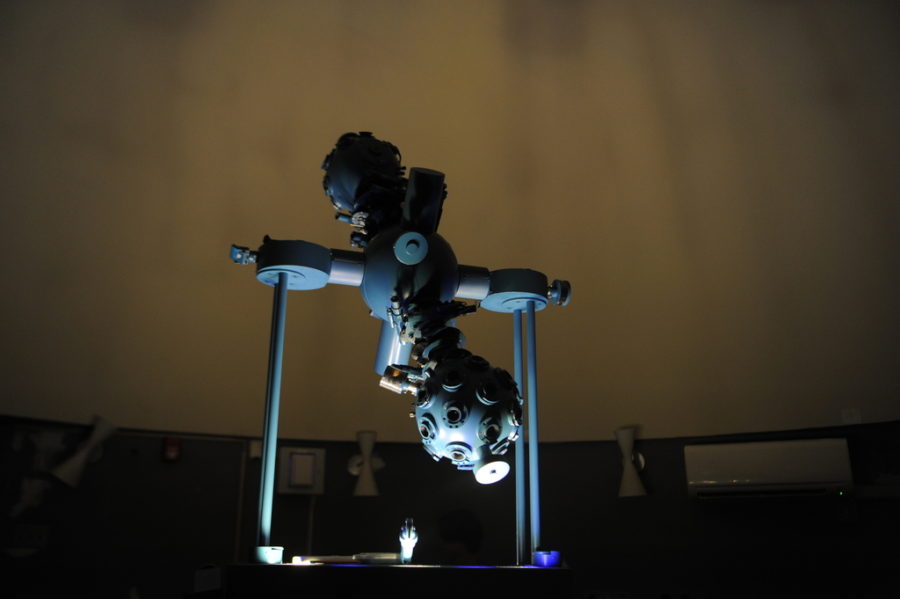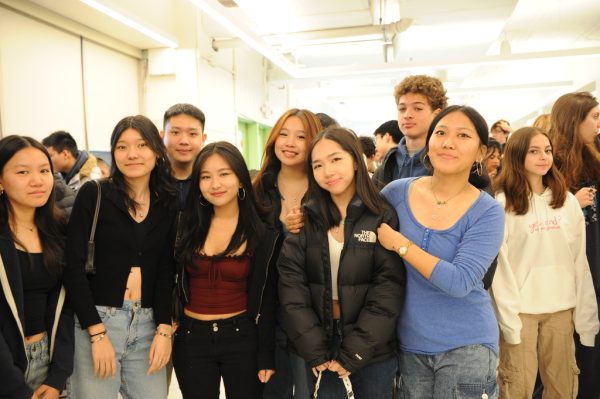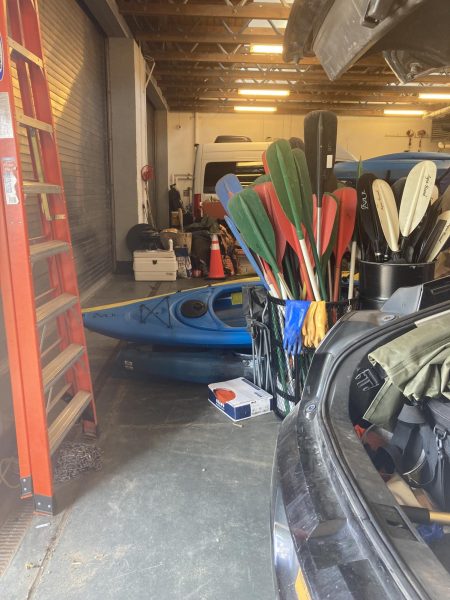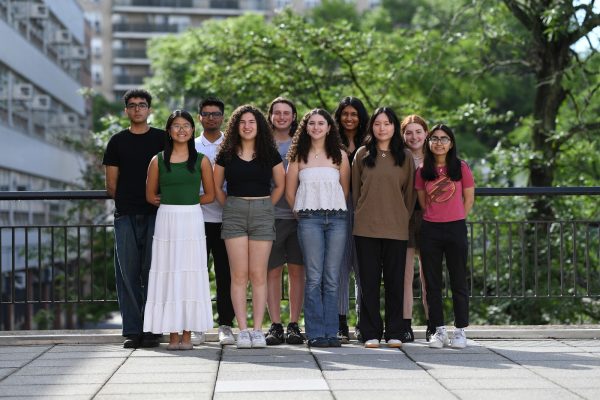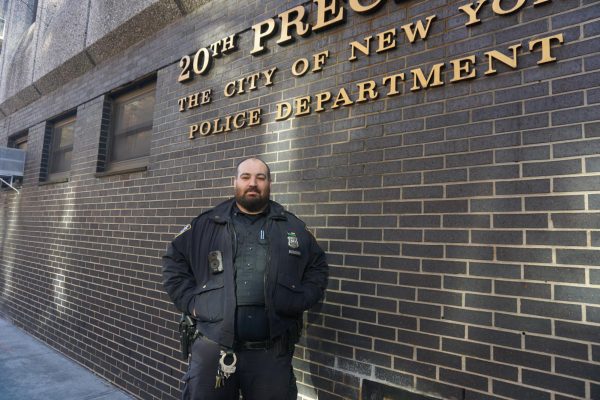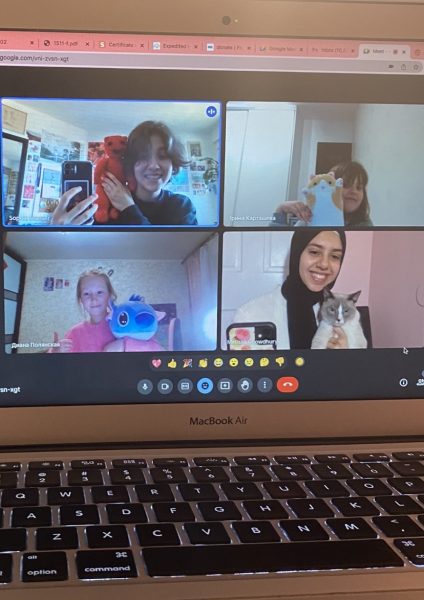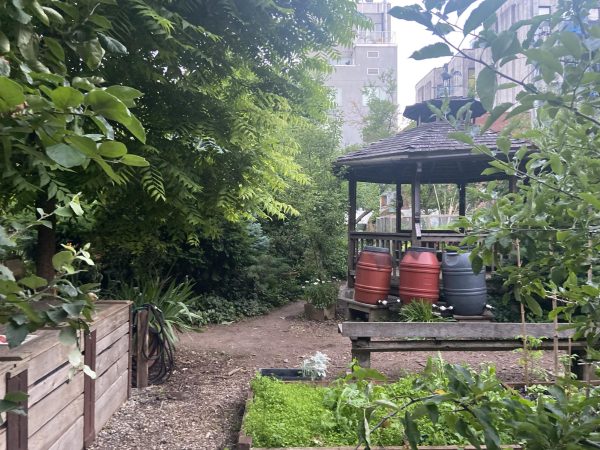Astronomy Club: An Out of This World Extracurricular
How Bronx Science’s Astronomy Club is bringing access to physical science education across the student body.
The Bronx Science Planetarium has advanced tools to observe the sky, creating an immersive experience for Astronomy club members.
Dimmed lights. Hushed whispers. Shoes scuff under the narrow classroom desks as a projector flickers, with a humming sound coming from beneath the floorboards. You suddenly see the dark ceiling above you transform from a dark blue to a hazy gray, and finally a deep black, speckled with celestial objects. Bronx Science’s planetarium acts as a beacon of scientific studies, but is simultaneously the most magical room in the building.
Since 1938 Bronx Science has excelled in producing award winning researchers and field trail blazers, but some of its most notable alumni have found their success in the physical sciences. From Neil deGrasse Tyson to Sheldon Glashow, physicists have long roamed the halls of our school, but what led them to devote their academic careers to science? A strong Physical Sciences and Engineering department. This same passion to discover and create extends to our newer generation. The resources they need to take on the next scientific question are right on the Bronx Science website — the Astronomy Club!
Club co-president David Mushiyev ’23 said, “As co-president of Astronomy Club, I run weekly club meetings with co-president Camila Kulahlioglu ’23 and we make sure that club members are engaged in the topics that are presented. The Astronomy Club is very important to the Bronx Science community because of all the exciting topics that we get to discuss that are nowhere else in a high school curriculum.”
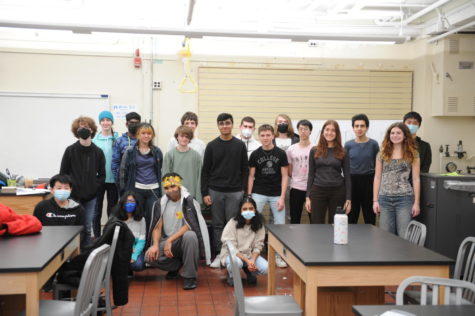
The science track usually begins with ninth grade Regents Chemistry, where students pore over the periodic table and furiously balance chemical equations. By their sophomore year, Bronx Science students either opt to continue with AP Chemistry or enroll in an advanced biology or living science class, such as AP Biology or AP Environmental Studies. By 11th grade, however, the intriguing world of physical science is re-introduced to students, with Regents and AP Physics.
Many students reconsidered their possible career paths after taking one of these physical science courses during their junior year. Nadia Illma ’23, said, “physics was so different from any other science I have taken at Bronx Science,” noting, “I’m definitely more of a biology fan, but junior year physics made me appreciate applying physics to modern applications.” But students should not have to wait to indulge in physical and exact sciences. Though there are various resources at hand, none is as impactful as the Bronx Science’s Astronomy Club.
The Astronomy Club is an interactive, discussion based club where students passionate about Astronomy and Astrophysics come together to exchange ideas and opinions on various physical science topics. Though as co-president I may be slightly biased, it is a truly exciting and impactful club that brings educational resources about astronomy and physics to underclassmen who are interested but are not yet able to enroll in a physics class.
The club is not only limited to ninth and tenth graders, however, with a significant eleventh and twelfth grader population. Astronomy club emphasizes community, proudly retaining most of its previous members, and encourages seasoned members to take on leadership roles and team up with underclassmen, even leading presentations and discussions on their interest-specific topics.
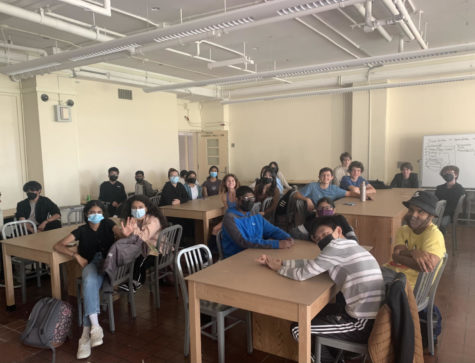
Education is an important aspect of the Astronomy club, as it impacts both the recruitment of future members and the large-scale application and appreciation of astronomy by citizens and politicians. In my sophomore year, I remember feeling disconnected from my peers in online school and the subjects I was learning. Astronomy club was my most interactive learning source, as hearing from professionals expanded my knowledge of Astronomy beyond academia. Through our club we met with Morgan Macleod, an astrophysicist at the Harvard-Smithsonian Center for Astrophysics, where he discussed his hobby of telescoping and its translation into his profession. His site reads, “In my research I have explored the intertwined roles of stellar evolution and stellar dynamics in creating a range of tidal disruption events. I have, for example, studied tidal disruptions of giant-branch stars and white dwarfs, and compared these events and their unique electromagnetic and gravitational-wave signatures to those arising from main sequence stars.” Understanding his background in space photography showed our class the possibilities of combining their interests with a future career in astronomy.
Club Events Coordinator Amy Sooraj ’23 said, “Astronomy as a whole is so important because it allows us to appreciate the universe we live in and how it works. It is the door to understanding our place in the cosmos. Having a club that allows people of different backgrounds and ideas to come together and talk about such cool concepts is great — and I find it fortunate that Bronx Science is one of the only schools that has a club with the same materials and access to the Planetarium in the city.”
With access to the school’s planetarium, donated by Al Nagler ’53, Astronomy Club members are able to turn their discussions into a visual learning experience. Current Planetarium Director Archer Yang ’23, manages the visit schedule and machinery including the telescope that looks out unto the sky above Bronx Science, tracking local constellations. The club meets monthly at the planetarium, and will be hosting an opening event later this year.
Astronomy goes beyond physics and other exact sciences. For all the above reasons, it can and should be incorporated into education and school extracurriculars. Astronomy is about the origin of life and has the ability to promote curiosity, imagination, and a shared sense of exploration and discovery among students interested in applying science into technology and living environments. While students continue to wonder about physics and physical science, the Astronomy Club will be waiting for those curious about the galaxy and our school’s place in it.
Club Events Coordinator Amy Sooraj ’23 said, “Astronomy as a whole is so important because it allows us to appreciate the universe we live in and how it works. It is the door to understanding our place in the cosmos. Having a club that allows people of different backgrounds and ideas to come together and talk about such cool concepts is great — and I find it fortunate that Bronx Science is one of the only schools that has a club with the same materials and access to the Planetarium in the city.”
Camila Kulahlioglu is an Editor-in-Chief for ‘The Science Survey.’ She hopes that her writing will inspire her peers to find new literary passions...
Nehla Chowdhury is an Editor-in-Chief for 'The Science Survey,' as well as a Social Media Editor. Nehla enjoys researching topics for their articles, as...
Ayshi Sen is an Editor-in-Chief for ‘The Science Survey.' Ayshi loves writing journalistic articles because they allow her to write in a way that is...

